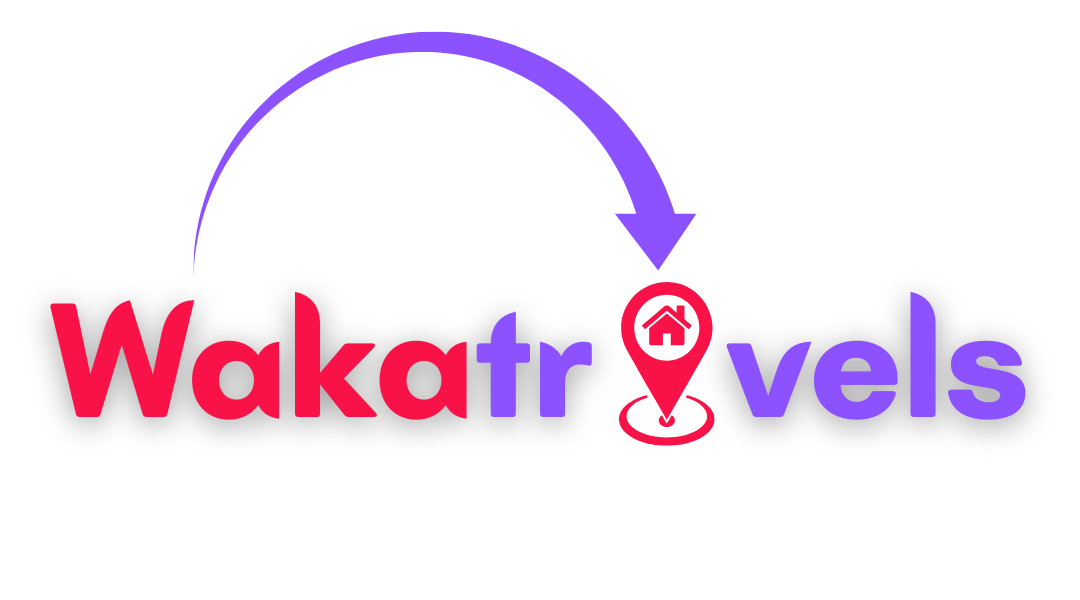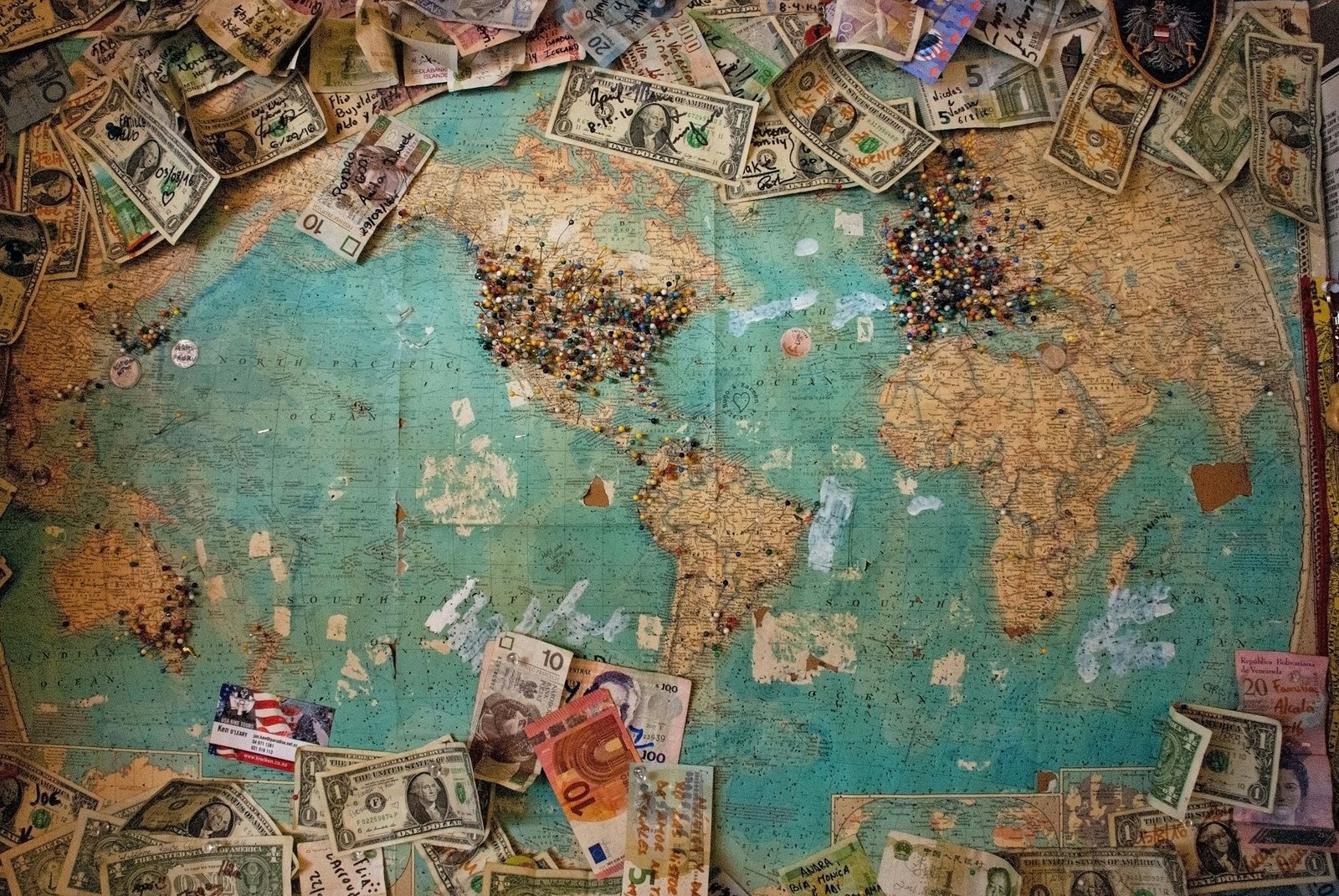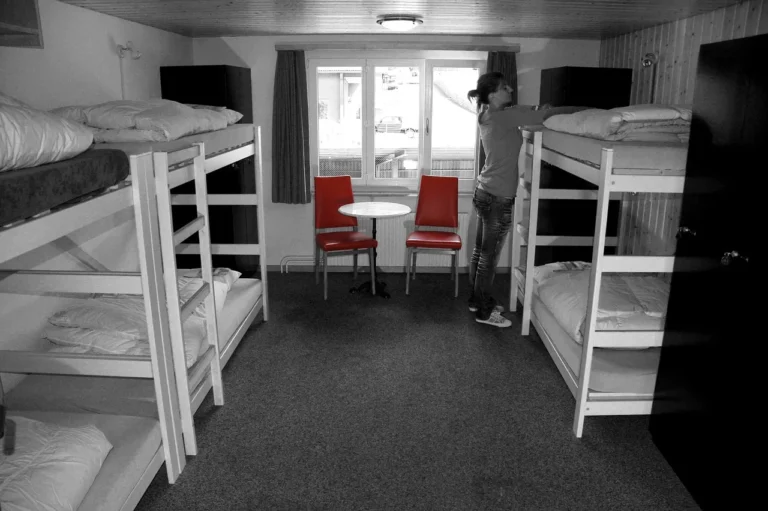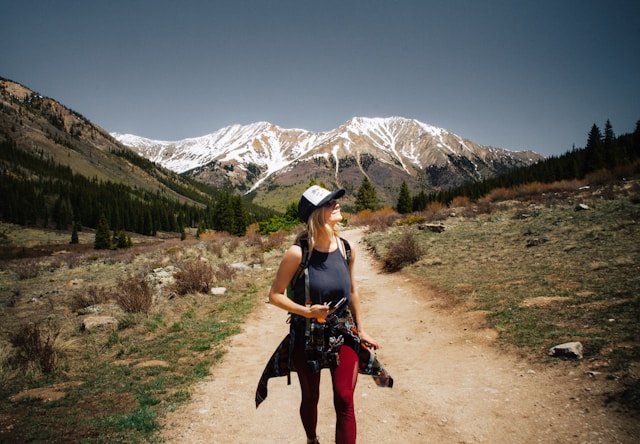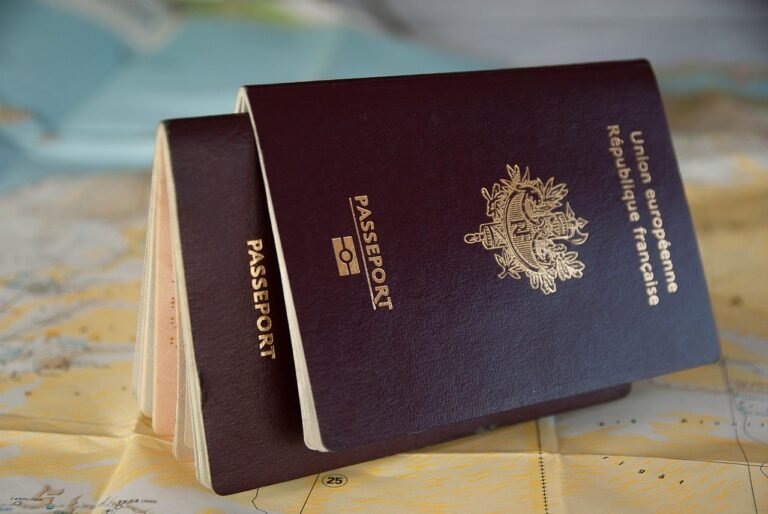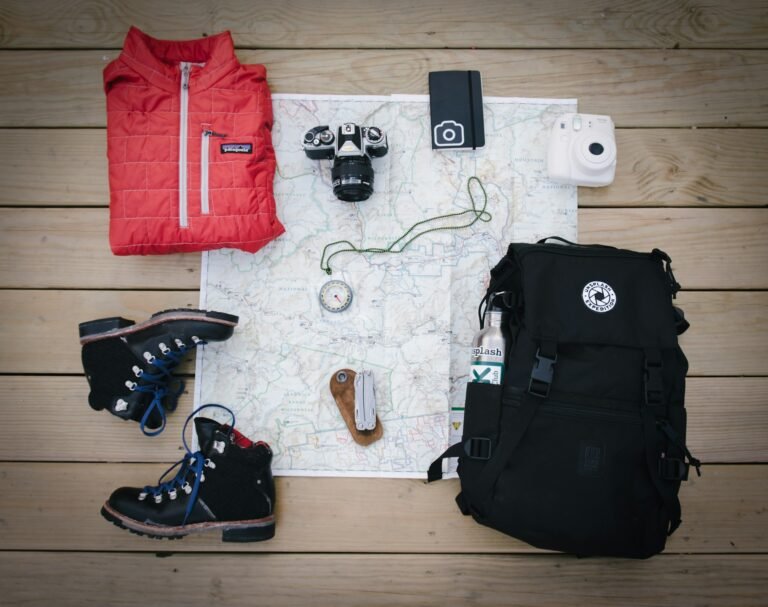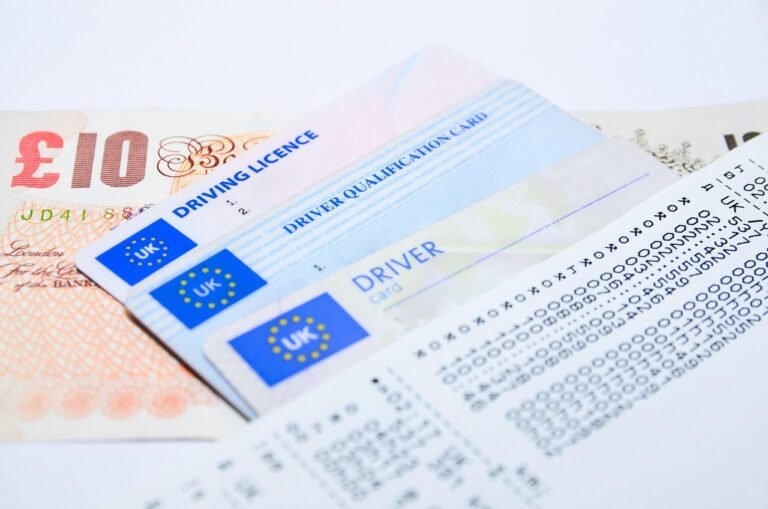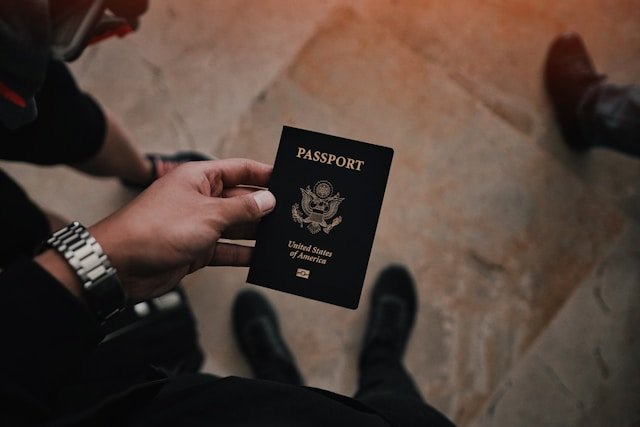
There’s something undeniably thrilling about packing a suitcase and hopping across not one, not two, but three different countries in a single week. It’s this curious cocktail of excitement and logistical puzzle that hooks a particular type of traveler—someone who’s got more curiosity than patience for slow travel but still wants to scratch that global itch without emptying the bank. Sure, it sounds a bit nuts, maybe even exhausting, but with a little savvy planning, it’s absolutely doable. The real trick isn’t just ticking off cities on a map; it’s hitting the sweet spot between moving fast enough to see new places while still savoring enough to make it worthwhile.
Traveling smart means making your budget work like a charm, turning potential stress points into moments of ease. From choosing the right transport modes that don’t kill your wallet or your vibe, to scoping out accommodations that balance comfort and cost without landing you in a shoebox—these small but mighty decisions shape the trip. There’s also this dance around timing, local quirks, and the little-known hacks that make crossing borders less of a headache and more of a jumping-off point for adventure. So, yeah—exploring three countries in seven days isn’t just a sprint; it’s an art. And you don’t have to be some jet-setting millionaire to pull it off, just a bit strategic and maybe a tiny bit impatient.
The Art of Strategic Country Hopping
The secret to quick European travel lies in understanding that Europe is, geographically speaking, adorable. I mean, you can literally have breakfast in Amsterdam, lunch in Brussels, and dinner in Paris—all on the same train line. Once I wrapped my head around this concept, everything changed.
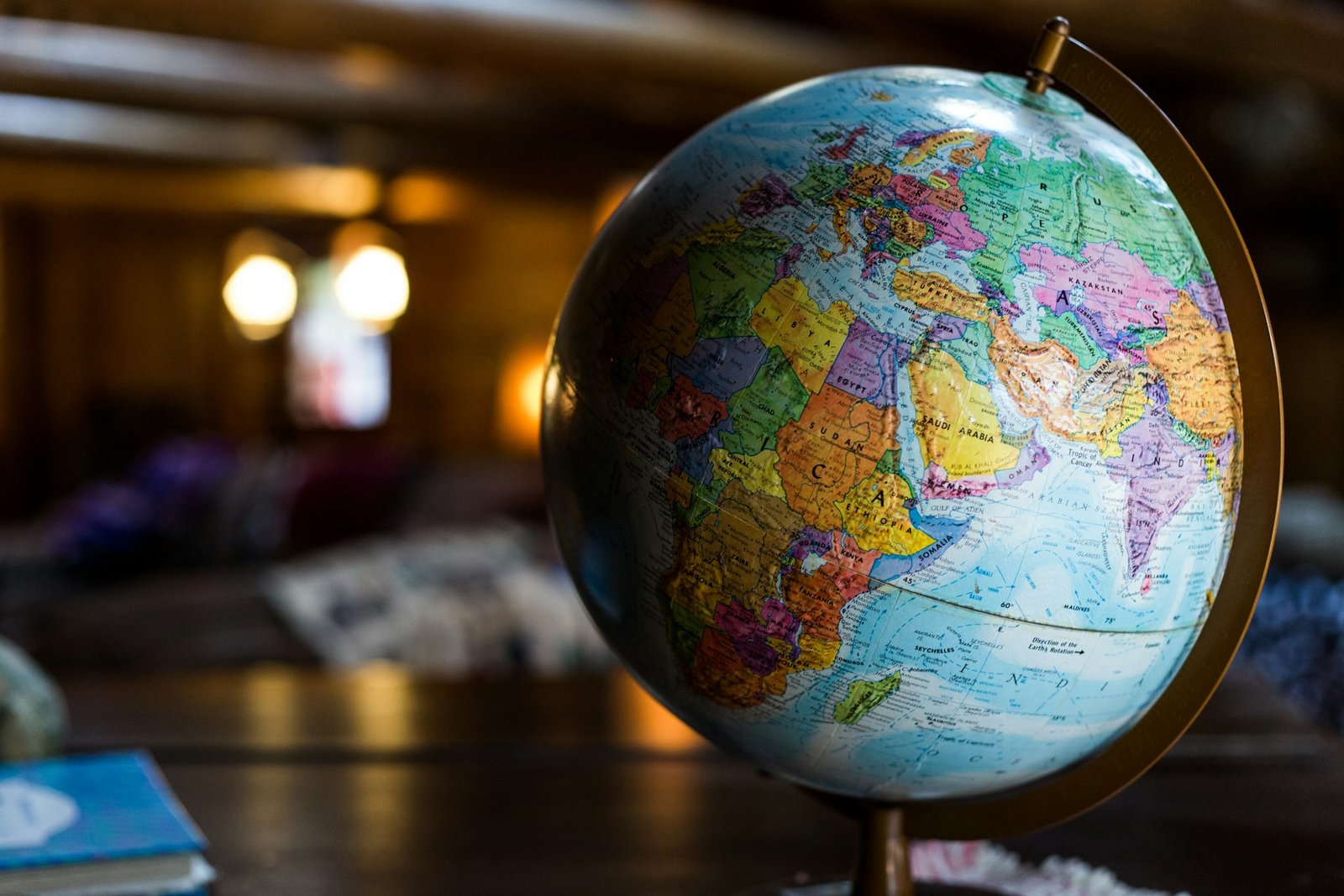
Let me share my 7-day Europe itinerary that took me through the Netherlands, Belgium, and France without requiring a second mortgage. The total damage? Around $1,200, including flights from New York. Not exactly pocket change, but considering I usually spend that much on a long weekend in the Hamptons (don’t judge), it felt like highway robbery in the best possible way.
Why Three Countries in Seven Days Actually Works
Most travel advice tells you to slow down, pick one country, really “experience” it. That’s lovely advice if you have unlimited vacation days and the patience of a monk. For the rest of us living in the real world with limited vacation time, strategic country hopping offers something different: maximum cultural immersion with minimum time investment.
The key is choosing countries that share borders and excellent transportation links. My Amsterdam-Brussels-Paris route worked because:
- High-speed trains connect all three cities in under four hours each
- Similar time zones mean no jet lag juggling
- Each city offers distinctly different experiences despite proximity
- Budget travel Europe becomes achievable when you’re not constantly flying
Planning Your Multi-Country Adventure
The Foundation: Choose Your Base Triangle
Think of your route as a triangle rather than a straight line. This approach minimizes backtracking and maximizes exploration time. Popular European travel combinations include:
- Netherlands, Belgium, France (my choice)
- Germany, Austria, Switzerland
- Spain, Portugal, southern France
- Czech Republic, Austria, Hungary
The beauty of the triangle approach is that you’re never more than a few hours from your next destination, and transportation costs stay reasonable.
Booking Flights: The Make-or-Break Decision
Here’s where I almost messed up spectacularly. My initial instinct was to book a round-trip flight to Amsterdam, figuring I’d somehow loop back. Thank goodness for late-night Wikipedia rabbit holes, because I discovered open-jaw flights—flying into one city and departing from another.
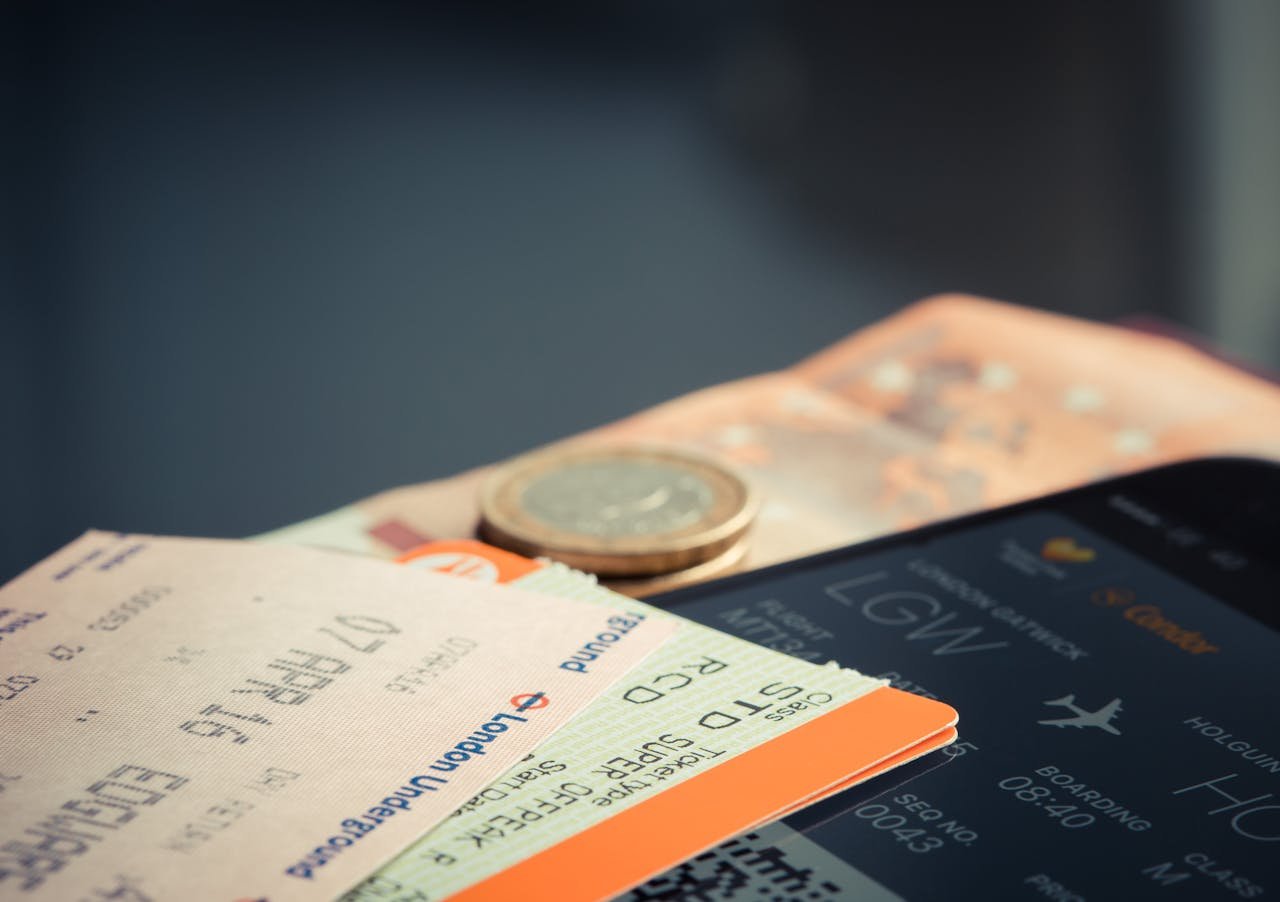
Booking into Amsterdam and out of Paris saved me roughly $300 compared to round-trip options. Plus, it eliminated the stress of rushing back to my origin point. Sometimes the travel gods smile upon the slightly disorganized.
Multi-destination flight booking requires patience and flexibility with dates. I used:
- Google Flights for initial research
- Kayak’s “Explore” feature for nearby airport alternatives
- Skyscanner’s “Whole month” view for the cheapest departure dates
Transportation: The European Advantage
This is where Europe shows off. The European rail system isn’t just efficient—it’s genuinely enjoyable. No security lines, no liquid restrictions, no tiny airplane seats designed by someone who clearly hates knees.
My transportation costs:
- Amsterdam to Brussels: €35 (3.5 hours, Thalys high-speed train)
- Brussels to Paris: €29 (advance booking, 1.5 hours)
- Local transportation in each city: roughly €15 per day
Total: under €150 for all intercity travel. Compare that to internal European flights, which often cost more when you factor in airport transfers and baggage fees.
The Netherlands: Amsterdam in Two Days
Amsterdam travel guide articles often focus on the obvious attractions, but I found the real magic in the quieter moments. Yes, I visited the Anne Frank House (book months in advance) and took the obligatory canal cruise, but my favorite memory was accidentally stumbling into a neighborhood café in Jordaan where locals were having heated debates about football in four different languages.
Day 1: Beyond the Tourist Trail
Morning started with canal district exploration—but not the crowded main waterways. I rented a bike (obviously) and meandered through the smaller canals in the museum quarter. The spring light filtering through those impossibly narrow houses created Instagram moments without the Instagram crowds.
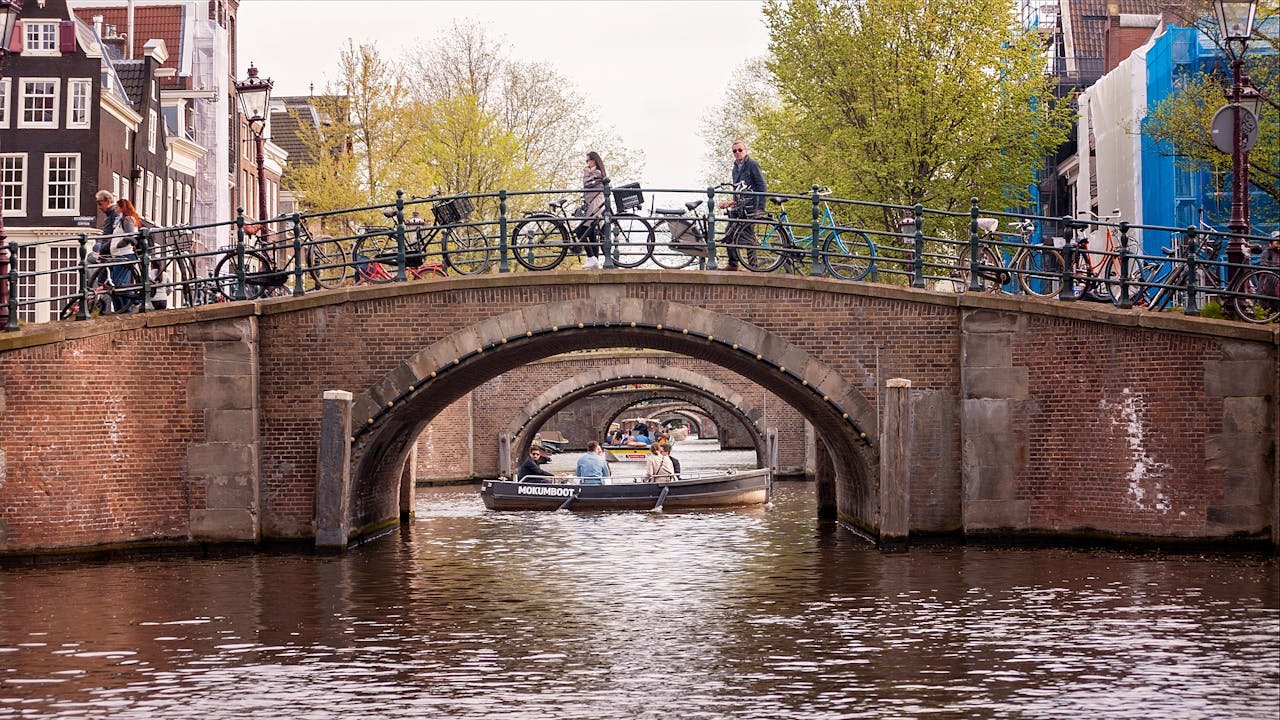
The Van Gogh Museum was worth the €20 entry fee, though the crowds were intense even at opening time. Pro tip: buy timed tickets online, and don’t bother with the audio guide. The paintings speak loudly enough on their own.
Day 2: Local Rhythms
I spent my second morning at Albert Cuyp Market, which feels like Amsterdam’s living room. The stroopwafels were obviously necessary for research purposes, and the vintage clothing stalls offered better finds than the touristy shops on Damrak.
The afternoon was reserved for coffee shops and brown cafés—not the kind tourists usually seek out, but the traditional Dutch pubs where locals actually hang out. My Dutch improved marginally (which is to say, not at all), but my appreciation for jenever definitely increased.
Belgium: Brussels, the Underrated Gem
Brussels travel tips rarely prepare you for how genuinely charming this city is. I had one day here, which felt criminal. If I were redesigning this trip, Brussels would get at least two full days.
The Grand Place and Beyond
The Grand Place at sunset is mandatory, but don’t stop there. I wandered through the Galeries Royales Saint-Hubert, which feels like stepping into a beautiful shopping mall from the 19th century. The chocolate shops here are tourist traps, but honestly, tourist trap chocolate in Belgium still beats everyday chocolate anywhere else.
For lunch, I found a tiny brasserie off the main square where the waiter spoke three languages fluently and treated my terrible French with admirable patience. The moules-frites were revelatory—apparently, there’s a right way and a wrong way to prepare mussels, and Belgium has figured out the right way.
The Unexpected Discoveries
My afternoon was spent in the Marolles flea market, which happens on weekends and feels like excavating Brussels’s attic. I bought a vintage Belgian comic book I couldn’t read and a brass compass that definitely doesn’t point north, but both felt like essential purchases at the time.
The evening ended at a beer café with a menu listing over 100 Belgian brews. I tried three and understood why Belgium takes its beer as seriously as France takes its wine.
France: Paris, the Familiar Made New
Paris travel itinerary advice often assumes you have weeks to explore. With just three days, I had to be strategic about what to skip and what to prioritize.
Days 1-2: Icons and Alternatives
Yes, I climbed the Eiffel Tower (book in advance, go at sunset). Yes, I visited the Louvre (Wednesday evening entry was less crowded). But I also spent hours wandering the Marais district, which felt like the Paris locals actually live in rather than the Paris designed for postcards.
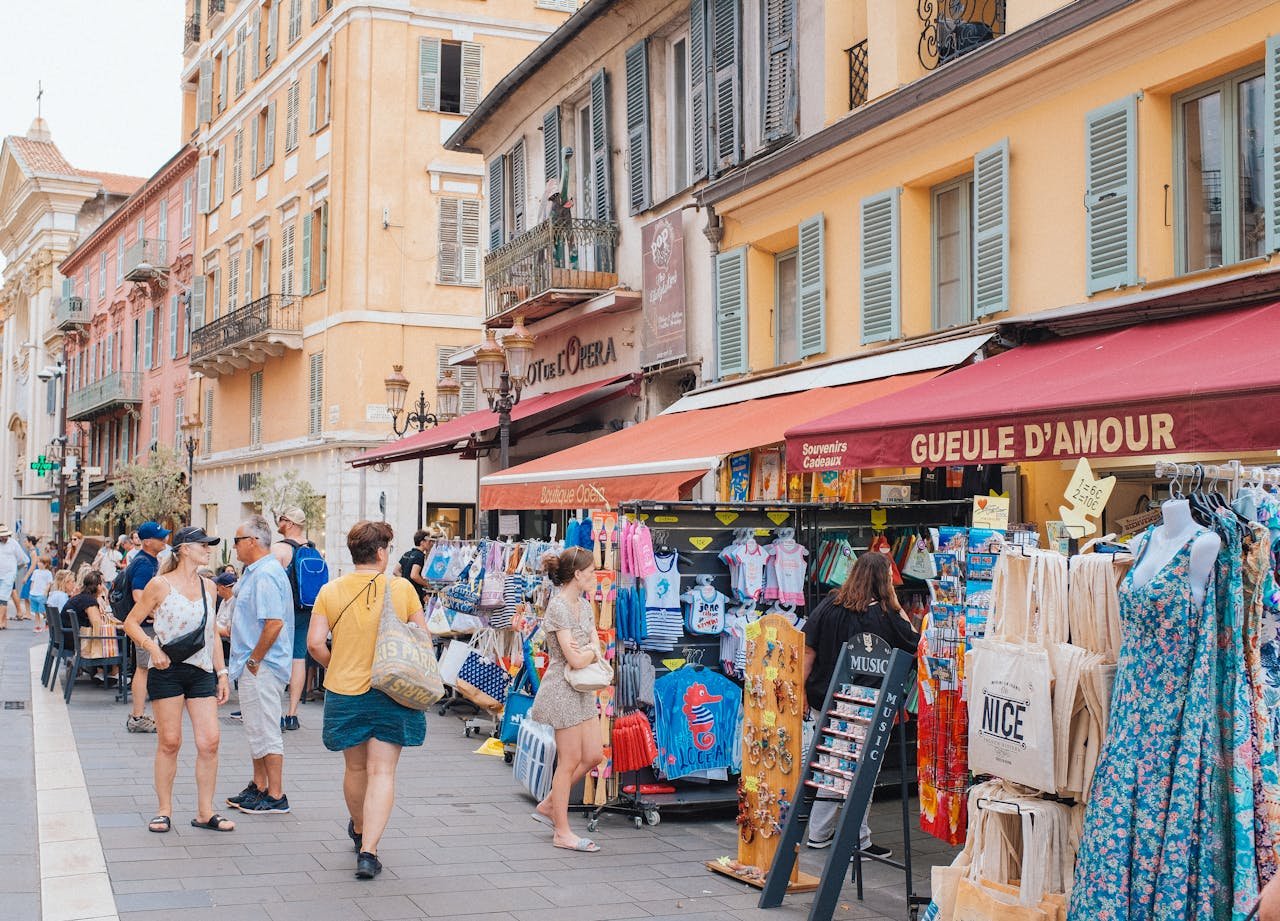
The real revelation was the Musée Carnavalet, which tells Paris’s history through artifacts and reconstructed rooms. Entry is free, crowds are minimal, and you’ll understand the city’s evolution in ways the major museums don’t capture.
Day 3: Neighborhood Immersion
My final day was spent in Belleville, a neighborhood that doesn’t appear in most Paris travel guides but probably should. The morning market was a masterclass in French food culture, and the hilltop park offered city views without the Sacré-Cœur crowds.
Lunch was at a tiny Vietnamese restaurant that reminded me that Paris’s colonial history created some unexpected culinary combinations. The afternoon was spent at Père Lachaise Cemetery, which sounds morbid but felt like walking through outdoor sculpture gallery dedicated to French intellectual history.
Budget Breakdown: The Real Numbers
Let me be honest about the travel budget breakdown:
Transportation:
- Round-trip flights (NYC-Amsterdam, Paris-NYC): $650
- European trains: $150
- Local transportation: $105
- Total: $905
Accommodation:
- Amsterdam hostel (2 nights): $80
- Brussels B&B (1 night): $65
- Paris apartment rental (3 nights): $180
- Total: $325
Food and Activities:
- Museums and attractions: $120
- Restaurants and cafés: $200
- Groceries and snacks: $45
- Total: $365
Grand total: $1,595
This was comfortably within my $1,800 budget, leaving room for that Belgian comic book and several unnecessary but delicious pastries.
Accommodation Strategy: Mix and Match
Budget accommodation Europe doesn’t have to mean sharing rooms with snoring strangers and questionable shower situations. I used a mixed approach:
In Amsterdam, the hostel was actually charming—clean, central, and filled with other travelers doing similar multi-country trips. We shared route tips and restaurant recommendations.
Brussels deserved something special for just one night, so I splurged on a family-run B&B near the Grand Place. The owners provided restaurant recommendations that weren’t in any guidebook.
Paris called for middle ground: a small apartment rental in the 11th arrondissement that felt like staying in a local’s home rather than a tourist facility.
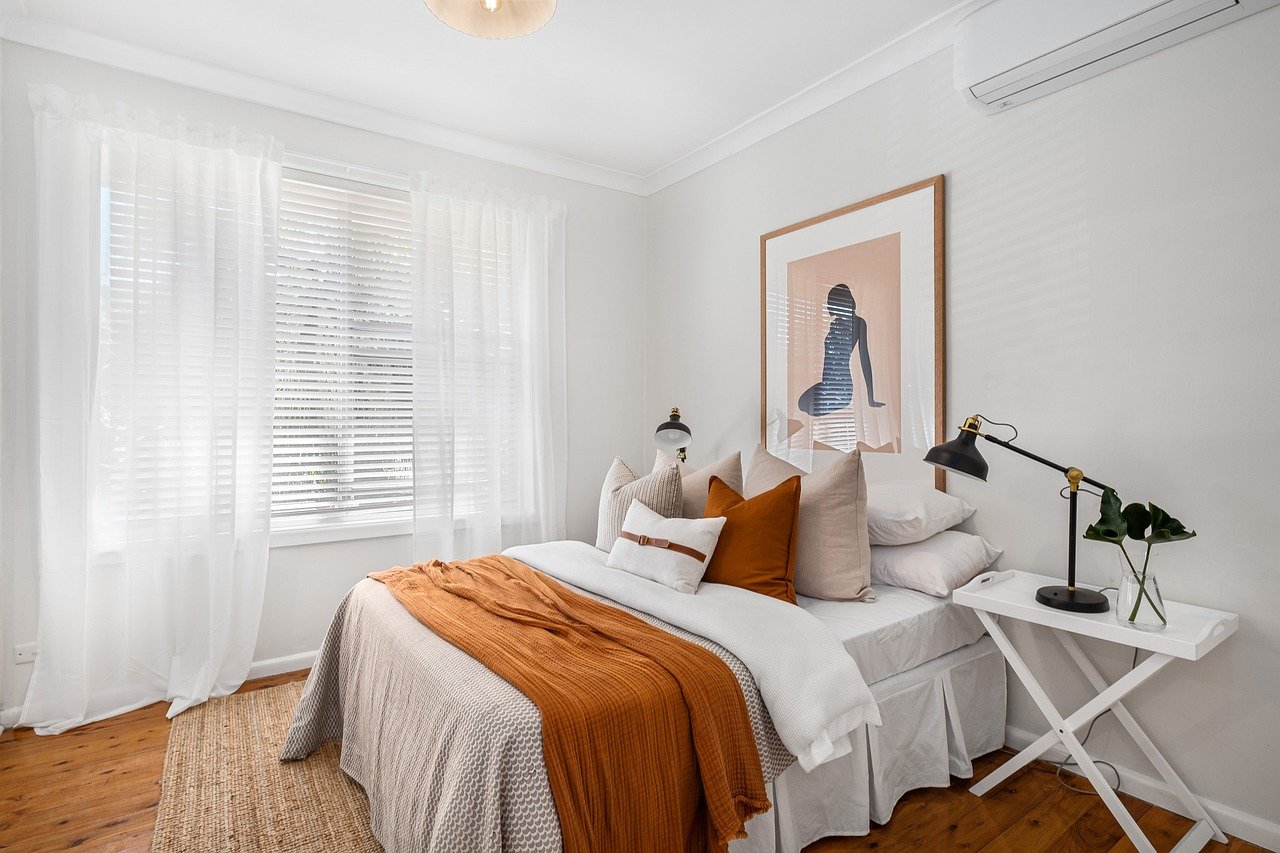
Packing for Multi-Country Efficiency
Packing for Europe travel across three countries means thinking like a minimalist, even if minimalism isn’t your natural state. I learned this the hard way when my overstuffed suitcase became my nemesis by day three.
Essential strategies:
- One versatile jacket for all weather scenarios
- Comfortable walking shoes that work in both cities and countryside
- Clothes that mix, match, and hide coffee stains
- Universal charging adapters (Europe’s plug situation is unnecessarily complex)
- A day pack for sightseeing that doubles as a personal item on flights
The key is bringing pieces that work in multiple contexts. My dark jeans looked appropriate in Amsterdam cafés, Brussels restaurants, and Parisian museums. My lightweight merino wool sweater handled varying temperatures without taking up half my suitcase.
Time Management: Making Every Hour Count
Quick Europe travel means accepting that you won’t see everything, but you can see enough to fall in love with each place. I structured each day with one major activity, one cultural experience, and plenty of time for wandering.
Morning energy went to museums and major sights when crowds were lighter and my brain was sharper. Afternoons were for neighborhoods, markets, and the kind of aimless exploration that leads to unexpected discoveries. Evenings were for food, drink, and whatever local culture presented itself.
The secret weapon was early mornings. Getting up at 7 AM (not my natural preference) meant having popular attractions nearly to myself and capturing better photos without human obstacles.
Language Navigation Made Simple
European language tips from someone whose linguistic skills peak at ordering coffee: Google Translate’s camera function is magical for menus and signs. But learning basic greetings and “thank you” in Dutch, French, and Fleming created noticeable warmth in interactions.
Most Europeans speak English better than I speak anything else, but attempting their language first—even badly—seemed to unlock friendlier service and more genuine conversations. My pronunciation of “dank je wel” probably caused minor trauma, but Dutch speakers appreciated the effort.
Money Matters: European Financial Reality
Europe travel costs vary dramatically between countries and cities. Amsterdam was consistently expensive, especially for food and drinks. Brussels offered better value, particularly for meals and local transportation. Paris fell somewhere in the middle, with expensive tourist areas and affordable neighborhood gems.
Credit cards worked everywhere, but I carried some cash for markets, street food, and small establishments that preferred local payment methods. ATM fees added up, so I withdrew larger amounts less frequently rather than grabbing small sums daily.
Restaurant tipping norms differed subtly between countries, but 10% for good service seemed universally appropriate and appreciated.
The Unplanned Moments That Made It Memorable
The best parts of this trip weren’t in any Europe itinerary planning guide. Getting caught in a sudden Amsterdam rainstorm and ducking into a tiny bookshop where the owner served tea and let me browse for two hours. Missing my train in Brussels and discovering a incredible jazz club during the unexpected extra evening. Getting completely lost in Paris’s 20th arrondissement and finding a neighborhood festival with live music and street food.
These accidents became highlights because I’d left space in my schedule for spontaneity. Over-planning kills serendipity, and serendipity often provides the best travel stories.
What I’d Do Differently
Honestly? I’d add one more day in Brussels and subtract half a day from Paris. Brussels deserved more time for its incredible food scene and relaxed pace. I’d also book train tickets further in advance—same routes, lower prices, reserved seats.
The Amsterdam hostel was fine, but next time I’d invest in a private room. Sharing space with enthusiastic backpackers is charming in theory, less so when you’re trying to recover from jet lag.
I’d also research restaurant reservations more thoroughly. Some of my best meals happened at places I stumbled into, but I missed a few recommended spots that were fully booked.
Making It Work With Your Day Job
Work-life balance travel requires some strategic thinking and honest conversations with your employer. I took seven consecutive days off—Wednesday through the following Tuesday—which felt like a much longer vacation because it included two weekends.
I worked late the week before departure to clear my desk and set up detailed handover notes for colleagues. The time investment was worth returning to manageable email volume rather than crisis management.
International phone plans cost extra but prevented the stress of being completely unreachable. I checked email once daily, responded to genuine emergencies, and ignored everything else. Boundaries matter when you’re trying to actually enjoy your vacation.

The Return: Why It Was Worth Every Euro
Coming back from this trip, I felt like I’d been away much longer than seven days. The variety of experiences—cycling Amsterdam canals, discussing beer with Brussels locals, getting lost in Paris neighborhoods—created enough memories to fill a much longer vacation.
More importantly, it proved that limited vacation time doesn’t have to mean limited ambition. You don’t need to take month-long sabbaticals to have meaningful international experiences. Sometimes constraint breeds creativity, and working within tight timeframes forces you to prioritize what really matters.
Would I do it again? Absolutely. In fact, I’m already planning next year’s adventure—this time eyeing the Prague-Vienna-Budapest triangle. Because apparently, I’m now the person who thinks seven days is plenty of time to fall in love with three countries.
Final Thoughts: The Art of Enough
Travel doesn’t have to be all-or-nothing. You don’t need unlimited time and money to create extraordinary experiences. Sometimes the challenge of doing more with less leads to better travel decisions and more intentional exploration.
This multi-country European adventure taught me that surface-level experiences across multiple cultures can be more enriching than deep dives into single destinations. Each country offered a different lens for understanding European culture, and the contrasts enhanced appreciation for each place’s unique character.
The key is accepting that you’re sampling rather than saturating, experiencing highlights rather than comprehensive exploration. There’s beauty in leaving things undiscovered—it guarantees reasons to return.
Frequently Asked Questions
How realistic is visiting 3 countries in 7 days without feeling rushed?
It’s completely doable if you choose neighboring countries with excellent transportation links. The key is accepting that you’ll see highlights rather than everything, and planning realistic daily itineraries that include time for spontaneous discoveries.
What’s the best way to book multi-destination flights within Europe?
Open-jaw tickets (flying into one city, departing from another) often cost the same as round-trip flights while eliminating backtracking. Use Google Flights or Kayak to compare prices, and consider nearby airports for potential savings.
How much should I budget for a 7-day, 3-country European trip?
Expect $1,200-$2,000 depending on your accommodation choices and dining preferences. This includes flights from North America, trains between countries, accommodation, and daily expenses for food and activities.
Is it worth buying a Eurail Pass for short multi-country trips?
For trips under 10 days with limited train travel, individual tickets are usually cheaper than Eurail Passes. Book high-speed trains in advance for better prices and guaranteed seats.
What’s the best way to handle different currencies across multiple European countries?
Most European countries use the Euro, simplifying multi-country travel. Credit cards work everywhere, but carry some cash for markets and small establishments. Notify your bank of travel plans to avoid card blocks.
How do I pack efficiently for different climates and activities across three countries?
Focus on versatile layers that work in multiple contexts. Bring one warm jacket, comfortable walking shoes, and clothes that mix and match. Check weather forecasts for all destinations when packing.
Should I learn basic phrases in multiple languages for multi-country travel?
Learning simple greetings and “thank you” in each language creates goodwill with locals. Most Europeans speak English, but attempting local languages first often results in friendlier interactions and better service.
How do I manage work responsibilities during a short international trip?
Work extra hours before departure to clear your schedule, set up detailed handover notes, and establish communication boundaries. Check email once daily for emergencies, but resist the urge to stay fully connected.
What’s the biggest mistake people make when planning multi-country European trips?
Over-scheduling is the biggest trap. Leave time for spontaneous discoveries, transportation delays, and simply enjoying each place. The best travel experiences often happen when you’re not rushing to the next attraction.
How far in advance should I plan a multi-country European adventure?
Book flights 2-3 months in advance for better prices. Reserve accommodation and train tickets 4-6 weeks ahead. Popular attractions may require advance booking, especially during peak seasons.
Top Travel Products and Recommendations
Transportation:
- Thalys High-Speed Trains – Official Thalys Website – Premium high-speed rail connecting Amsterdam, Brussels, and Paris with comfortable seating and onboard WiFi
- Eurostar – Official Eurostar Site – Efficient train service connecting major European cities through the Channel Tunnel
- FlixBus – FlixBus Booking – Budget-friendly bus connections across Europe with comfortable coaches and reasonable prices
Accommodation:
- Airbnb – Airbnb Platform – Local apartment rentals providing authentic neighborhood experiences and kitchen facilities
- Booking.com – Booking Platform – Comprehensive hotel and accommodation search with flexible cancellation policies
- Hostelling International – HI Hostels – Quality budget accommodation network with reliable standards across Europe
- Rome2Rio – Rome2Rio Website – Multi-modal transportation planning showing all travel options between destinations
- Citymapper – Citymapper App – Excellent urban navigation app covering public transportation in major European cities
- Google Flights – Google Flights – Comprehensive flight search with flexible date options and price tracking features
Money Management:
- Wise Travel Card – Wise Platform – Multi-currency travel card with excellent exchange rates and low foreign transaction fees
- Charles Schwab Debit Card – Schwab Banking – No foreign transaction fees and ATM fee reimbursement worldwide
Packing Solutions:
- Osprey Farpoint 40 – Osprey Official Site – Perfect carry-on sized travel backpack with excellent organization and comfort
- Packing Cubes – Eagle Creek – Essential organizational tools for efficient packing and easy access to belongings
Communication:
- Google Fi – Google Fi Service – International phone plan with reasonable data rates across Europe
- Pocket WiFi Rental – Travel WiFi – Portable internet device for reliable connectivity across multiple countries
Navigation and Translation:
- Maps.me – Maps.me App – Offline mapping solution essential for navigating without data charges
- Google Translate App – Google Translate – Camera translation feature invaluable for menus and signage
- World Nomads – World Nomads – Comprehensive travel insurance covering medical emergencies and trip interruptions
- SafetyWing – SafetyWing Insurance – Affordable monthly travel medical insurance perfect for short international trips
